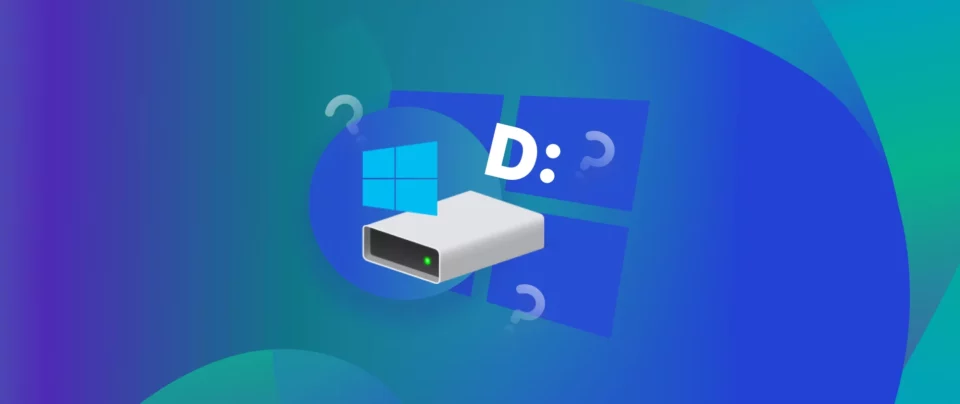As a Windows user, you may have encountered a frustrating situation where your D drive suddenly disappears from your computer. This is particularly concerning if you rely on the D drive to store important files, applications, or system backups.
Before diving into the causes of a missing D drive, it’s essential to understand how drive letters work in Windows. Drive letters are assigned to various storage devices connected to your computer, such as hard drives, SSDs, USB drives, and optical drives. The C drive is typically reserved for the primary hard drive that contains your operating system and installed programs. At the same time, other letters, like D, E, or F, are assigned to additional storage devices.
Common causes of a missing D drive
There are several reasons why your D drive might suddenly disappear from your Windows computer:
- Drive letter reassignment: If you recently connected a new storage device or changed your system’s disk management, the D drive letter may have been reassigned to another device, making it appear that the original D drive has vanished.
- Disk corruption: Physical damage or logical errors on your hard drive can cause the D drive to become inaccessible or disappear from Windows Explorer.
- Driver issues: Outdated or corrupted disk drivers can lead to problems with drive recognition and cause the D drive to go missing.
- Malware or virus infections: Sometimes, malicious software can tamper with your system’s drive configuration or hide drives from view.
- Accidental drive hiding: It’s possible to accidentally hide a drive in Windows Explorer, making it appear like the D drive has disappeared.
Troubleshooting a missing D drive
If you find yourself trying to fix missing D: drive, there are several troubleshooting steps you can take to resolve the issue:
- Check Disk Management: Open the Disk Management utility from the Start menu and choose “Disk Management.” Look for your D drive in the list of available drives. If it’s present but has a different letter assigned, you can right-click on the drive and choose “Change Drive Letter and Paths” to reassign the D letter.
- Run a disk check: If you suspect disk corruption, run the built-in Windows disk check tool by right-clicking on the D drive (if visible) and selecting “Properties.” Navigate to “Tools” and click “Check” under the “Error checking” section. Scan and repair the detected errors.
- Update disk drivers: Visit your computer or motherboard manufacturer’s website and download the latest disk drivers for your system. Install the updated drivers and restart to see if the D drive reappears.
- Perform a malware scan: Use reputable antivirus and malware protection software. Remove any detected threats and restart your computer.
- Unhide the drive: If you suspect the D drive may be hidden, open Windows Explorer and click the “View” tab. Check the “Hidden items” box to reveal any hidden drives.
If your D drive goes missing, you may feel stressed, but you can resolve the issue and get back to work by understanding the common causes and troubleshooting steps. If you still need help fixing a missing D: drive, seek assistance from professional resources and guides for further support.


